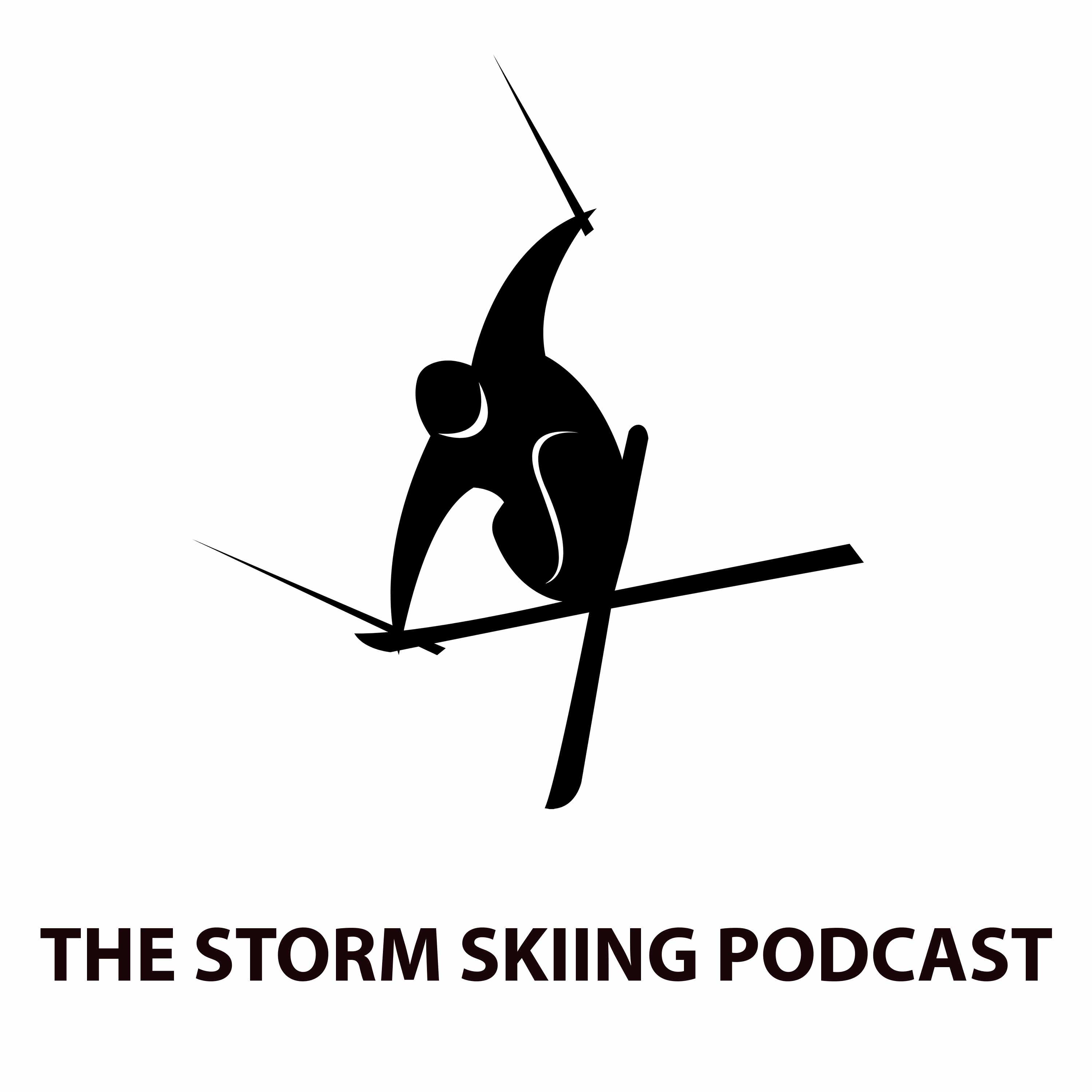Podcast #146: Great Bear, South Dakota General Manager Dan Grider
Description
This podcast hit paid subscribers’ inboxes on Oct. 2. It dropped for free subscribers on Oct. 9. To receive future pods as soon as they’re live, and to support independent ski journalism, please consider an upgrade to a paid subscription. You can also subscribe to the free tier below:
Who
Dan Grider, General Manager of Great Bear, South Dakota
Recorded on
September 25, 2023
About Great Bear Ski Valley
Owned by: The City of Sioux Falls
Located in: Sioux Falls, South Dakota
Year founded: 1966
Pass affiliations: None
Reciprocal partners:
* 3 days at Seven Oaks
* 2 days at Mont du Lac
* 1 day each at Buck Hill, Powder Ridge MN, Snowstar
* Discounts at several other local ski areas
Closest neighboring ski areas: Mt. Crescent (2:37), Mount Kato (2:16)
Base elevation: 1,352 feet
Summit elevation: 1,534 feet
Vertical drop: 182 feet
Skiable Acres: 20
Average annual snowfall: 49 inches
Trail count: 15 (7 most difficult, 5 more difficult, 3 easiest)
Lift count: 3 (1 fixed-grip quad, 1 ropetow, 1 carpet – view Lift Blog’s inventory of Great Bear’s lift fleet)
Why I interviewed him
Frequent Storm readers have probably started to notice the pattern: every fourth or fifth podcast swerves off Megapass Boulevard and takes four state highways, a gravel path, a Little Caesars pit-stop, and ends in the Wal-Mart-sized parking lot of a Midwest ski area. Which often sits next to a Wal-Mart. Or a car dealership. Or, in the case of Great Bear, between a construction supply depot and the Sioux Falls chapter of the Izaak Walton League, a conservation society.
Why do I do this? My last three podcasts featured the leaders of Killington, Keystone, and Snowbird. The next one to drop into your inbox will be Northstar, a Vail Resorts staple that is the ninth-largest ski area in America. If you’re reading this newsletter, there is a high probability that you either already have skied all four of those, or plan to at some future point. Most of you will probably never ski Great Bear or anywhere else in South Dakota. Many of you will never ski the Midwest at all.
Which I understand. But there are several reasons I’ve worked Midwest ski areas into the podcast rotation, and why I will continue to do so for as long as The Storm exists:
* The episodes with the leaders of Caberfae, Boyne Mountain, The Highlands, and Nub’s Nob are for 18-year-old me. Or whatever version of 18-year-old me currently sits restlessly in the ski-mad but ignored flatlands between Ohio and the Dakotas. I devoured every ski magazine on the drugstore shelves of the 1990s, but if I could scrub 500 words of Midwest content from their combined catalogue each winter, I was lucky. I was dying – dying – for someone, anyone, to say something, anything, about the Midwest or Midwest skiing. Even a list of the top 10 ski areas in Michigan, with 50 words on each, would have made my year. But the ski mags, great as they were in those days, barely covered the rich and varied ski culture of New England, let alone the Midwest. I would have lost my goddamn mind had someone published a 90-minute conversation with the owner of the mysterious (to me at the time) Caberfae, with its hills upon hills of abandoned lifts and ever-changing footprint.
* The Midwest is home to one of the world’s great ski cultures. If you don’t believe me, go ski there. The region hosts 122 ski areas across 10 states, most of them in Michigan (43), Wisconsin (33), and Minnesota (21). But the volume matters less than the attitude: Midwest skiers are absolutely unpretentious. They’ll ski in hunting gear and Carhartts. They’ll ski on 25-year-old sticks they found at a yard sale for five dollars. They’ll ski when it’s 25 below zero. They’ll ski at night, in the rain, on a 200-vertical-foot bump running 60-year-old chairlifts. These are skiers, Man. They do it because it’s fun, because it’s right there, and because this is one of the few regions where skiing is still accessible to the masses. If you
More Episodes
Published 11/17/24
Published 11/12/24


